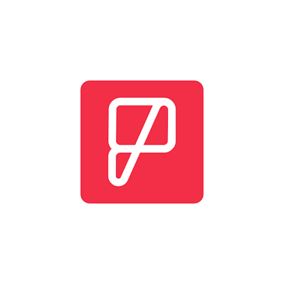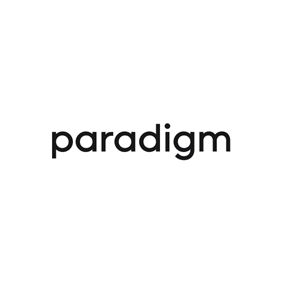Airtable
Design principles of Airtable
Visit Website
Airtable is a cloud-based software platform that allows users to create interactive databases for a variety of uses, from project management to data analysis. As a design-focused company, Airtable places a strong emphasis on creating a user-friendly and intuitive experience for its users. Here are some of the key design principles that guide the development of the Airtable platform.
Flexibility and customization: Airtable allows users to customize their databases to fit their specific needs and workflows. This includes the ability to create custom fields, views, and formulas, as well as the option to use custom icons and color-coding. This flexibility allows users to tailor their Airtable experience to their individual requirements.
Simplicity and ease of use: Airtable prioritizes simplicity and ease of use in its design. The platform has a clean and minimal interface, with a focus on clear and intuitive navigation. This allows users to quickly and easily access the tools and features they need, without feeling overwhelmed or confused.
Collaboration and teamwork: Airtable is designed to support collaboration and teamwork. Users can easily share their databases with colleagues and work on them together in real-time. The platform also includes features such as commenting and task management to facilitate communication and coordination within teams.
Visualization and organization: Airtable offers a variety of tools and features to help users visualize and organize their data. This includes the ability to create Kanban boards, calendars, and Gantt charts, as well as the option to color-code and group records. These features allow users to gain insights and insights from their data and make it more manageable.
The design principles at the core of Airtable are focused on creating a platform that is flexible, simple, collaborative, and visually appealing. By adhering to these principles, Airtable provides a user-friendly and intuitive experience for its users.
One of the key benefits of Airtable's design system is its flexibility. The platform allows users to customize the appearance and behavior of their databases to suit their specific needs, whether they are managing a personal to-do list or collaborating on a large-scale project.
Another key feature of Airtable's design system is its focus on collaboration. The platform makes it easy for teams to share and edit data in real-time, allowing for seamless communication and coordination.
Overall, Airtable's design system is an essential part of the platform's success, providing users with a powerful and customizable tool for organizing and collaborating on a wide range of projects.
Airtable's design system prioritizes flexibility and customization, making it easy for users to tailor their databases to their specific needs and workflows. Additionally, the platform's design focuses on simplicity and ease of use, which makes it more accessible for users who may not have technical expertise.
Airtable's design system is flexible and can be used for a variety of purposes, including personal projects. The platform's customization options make it possible to create databases for everything from a personal to-do list to a complex project management system.
Airtable's design system includes features such as real-time sharing and editing, commenting, and task management, which make it easy for teams to work together and communicate effectively. Additionally, the platform's visualization and organization tools help teams gain insights from their data and make informed decisions.
No, Airtable's design system is designed with simplicity and ease of use in mind. The platform's minimal interface and clear navigation make it accessible to users of all technical levels, from beginners to experts.
Airtable's design system includes a variety of visualization and organization tools, such as Kanban boards, calendars, and Gantt charts, which make it easier for users to see patterns and trends in their data. Additionally, the platform's custom fields and formulas allow users to manipulate their data in ways that can reveal important insights.

VTEX Styleguide is the design system for VTEX, serving as the home for all reusable patterns, components, and assets related to product design.

Figma's UI2 Design System is a comprehensive set of design guidelines and resources that help teams create consistent, high-quality user interfaces (UIs) across web, mobile, and other digital platforms.

You may speed up your design system by using the opinionated collection of open-source tools and frameworks known as The Radius.

At Twilio, the Paste design system is employed to create user interfaces that are intuitive, unified, and of the highest caliber. With tools and resources, Paste assists Product Designers and Engineers in creating consumer UIs in Figma and React.

For Mail.ru products, Paradigm is a design system that enables us to preserve the integrity of the user experience while streamlining design and development resources.

The goal of the Palmetto Design System is to make it easier and faster for us to produce applications with the Palmetto brand.

These rules establish the requirements for maintaining a consistent brand image. The GitLab brand has developed into what it is today because to the cooperation of many contributors and iterative procedures, just like their product and business. It serves as a creative outlet for Gitlab's mission, vision, and core principles.